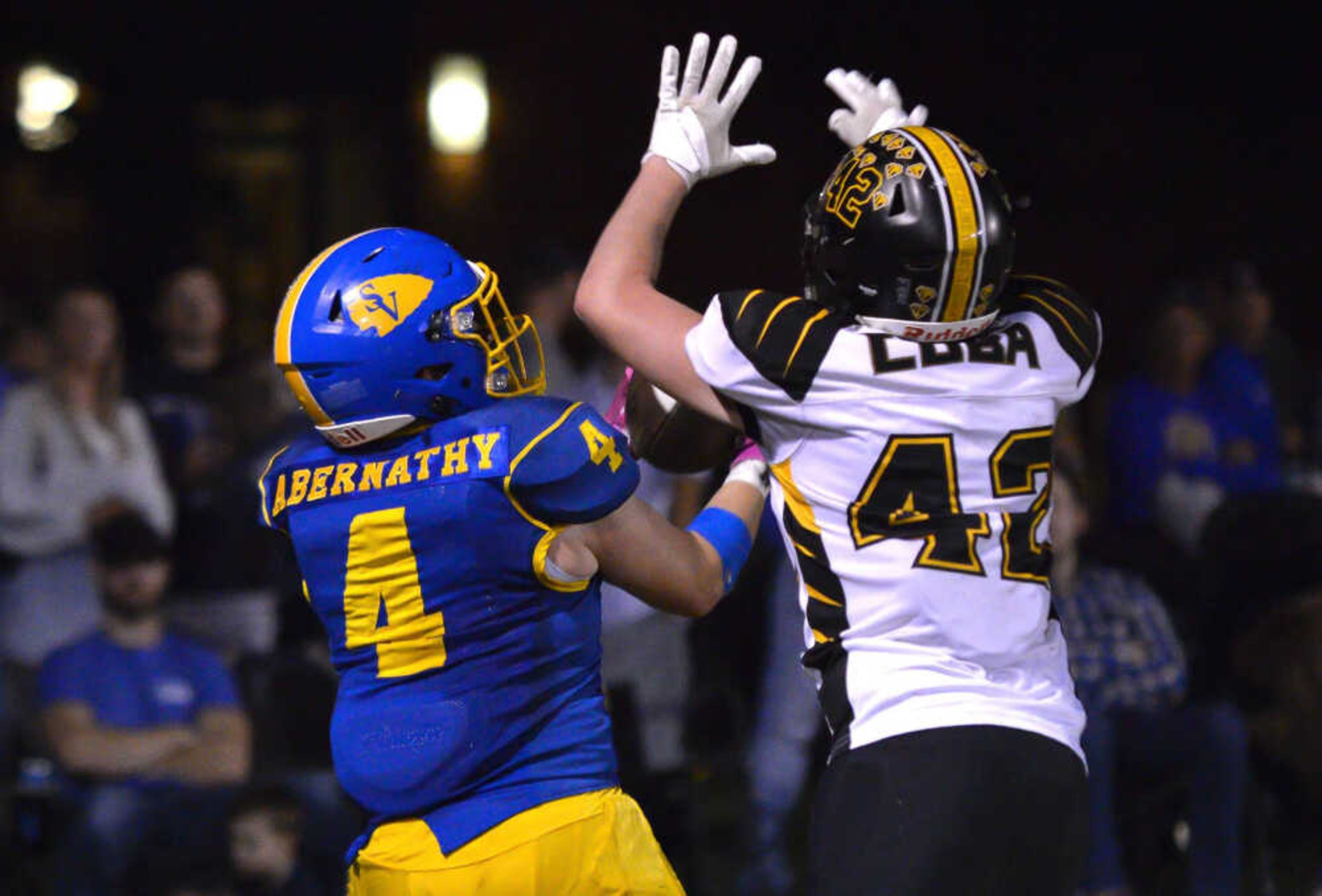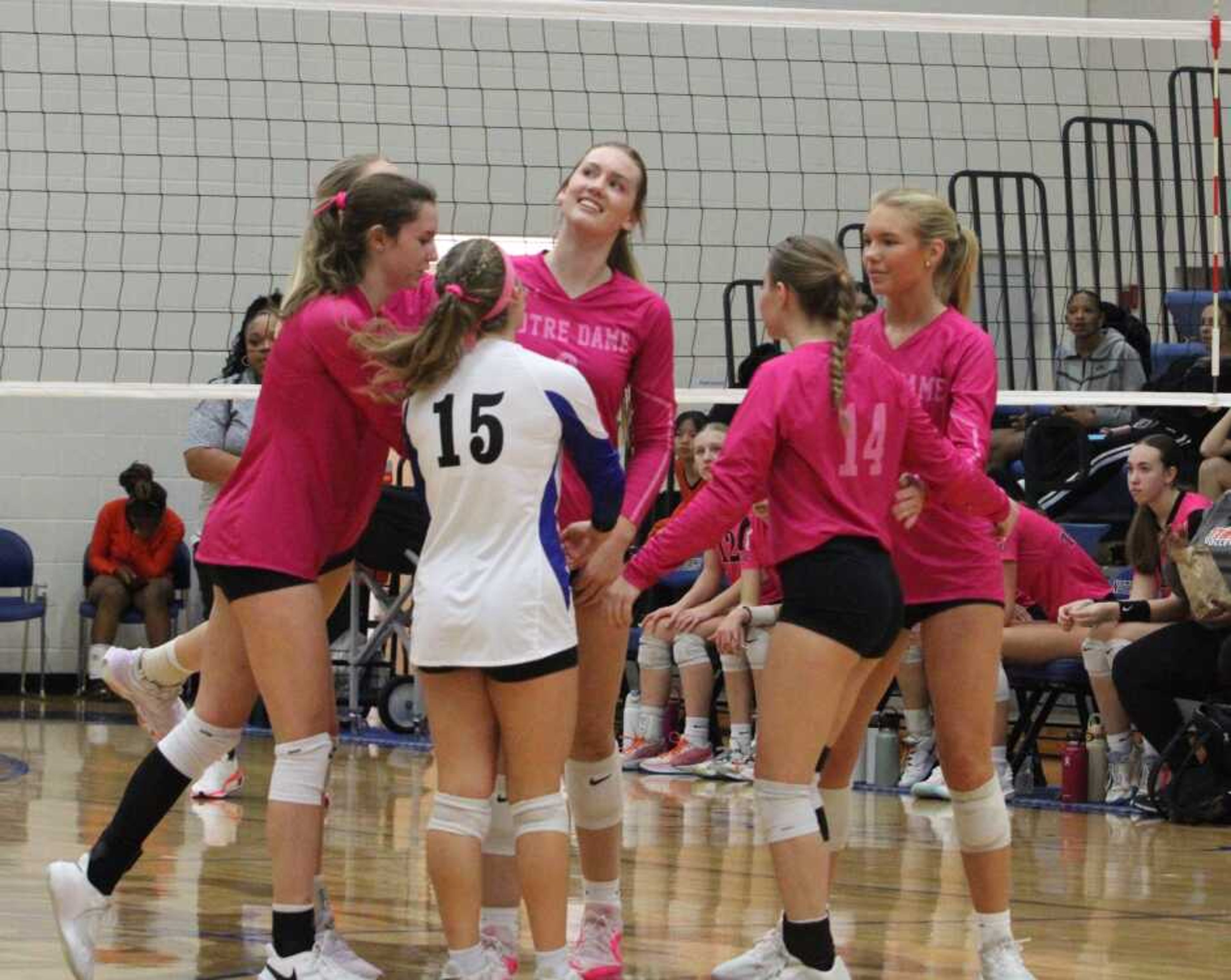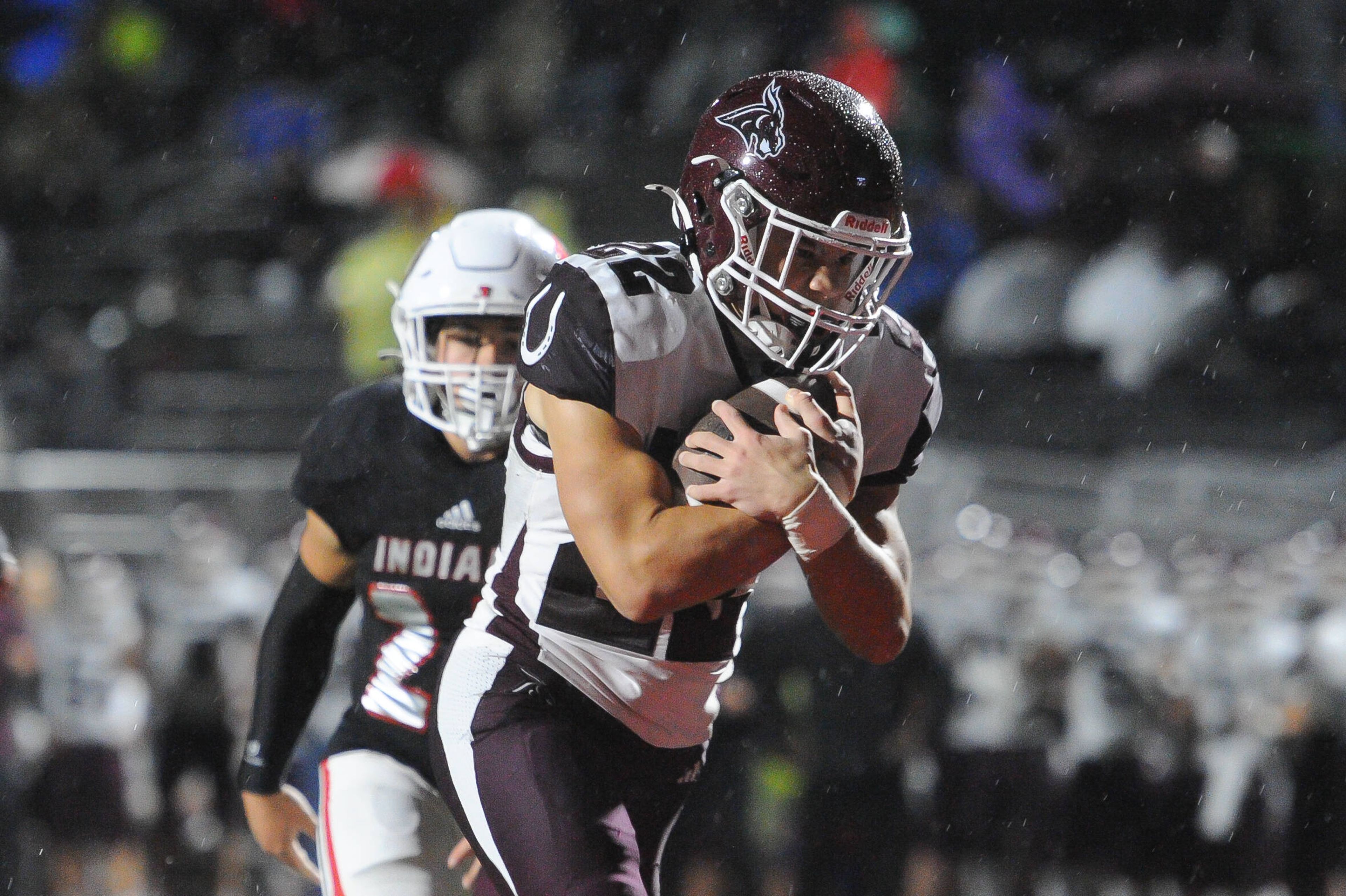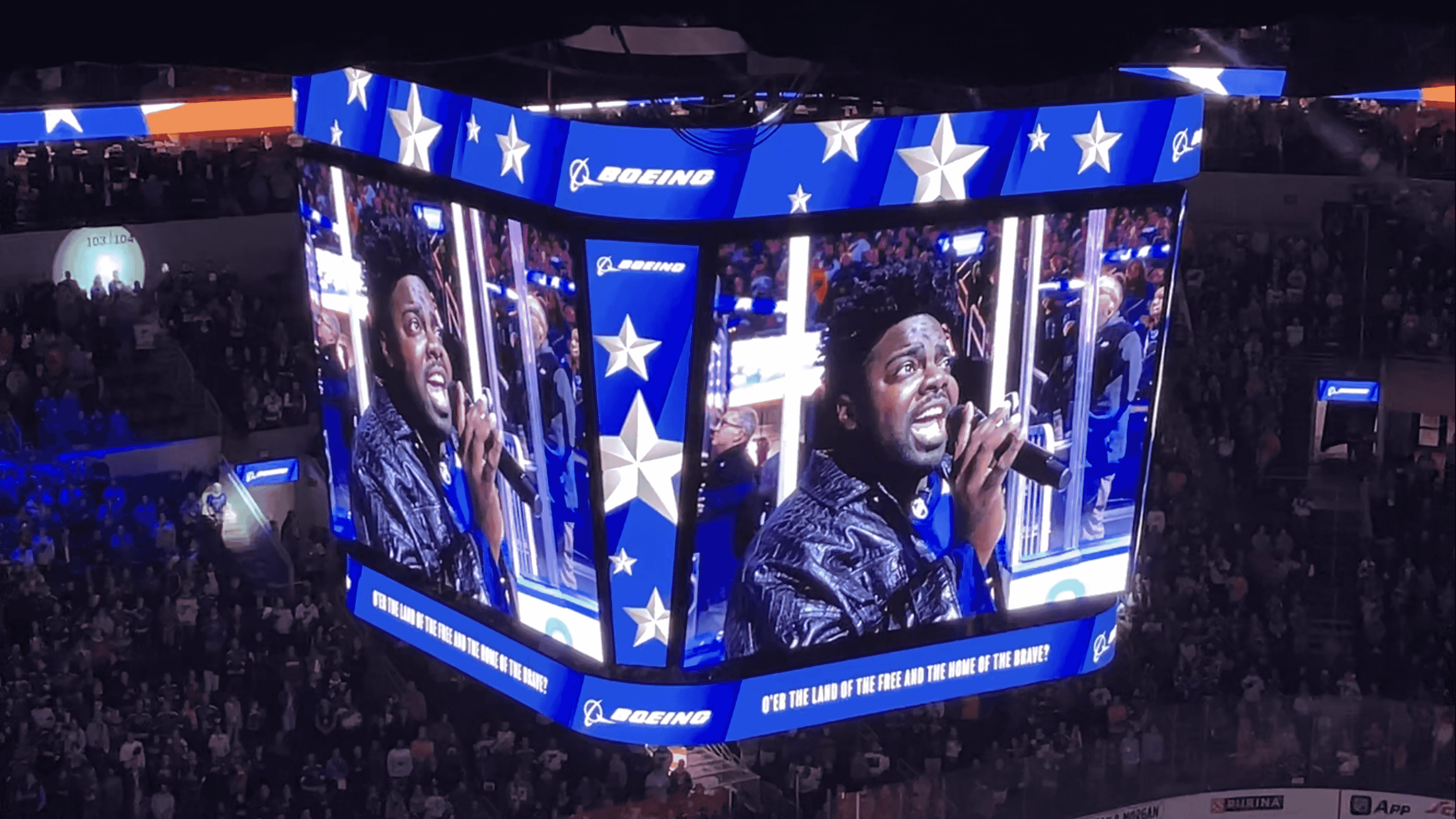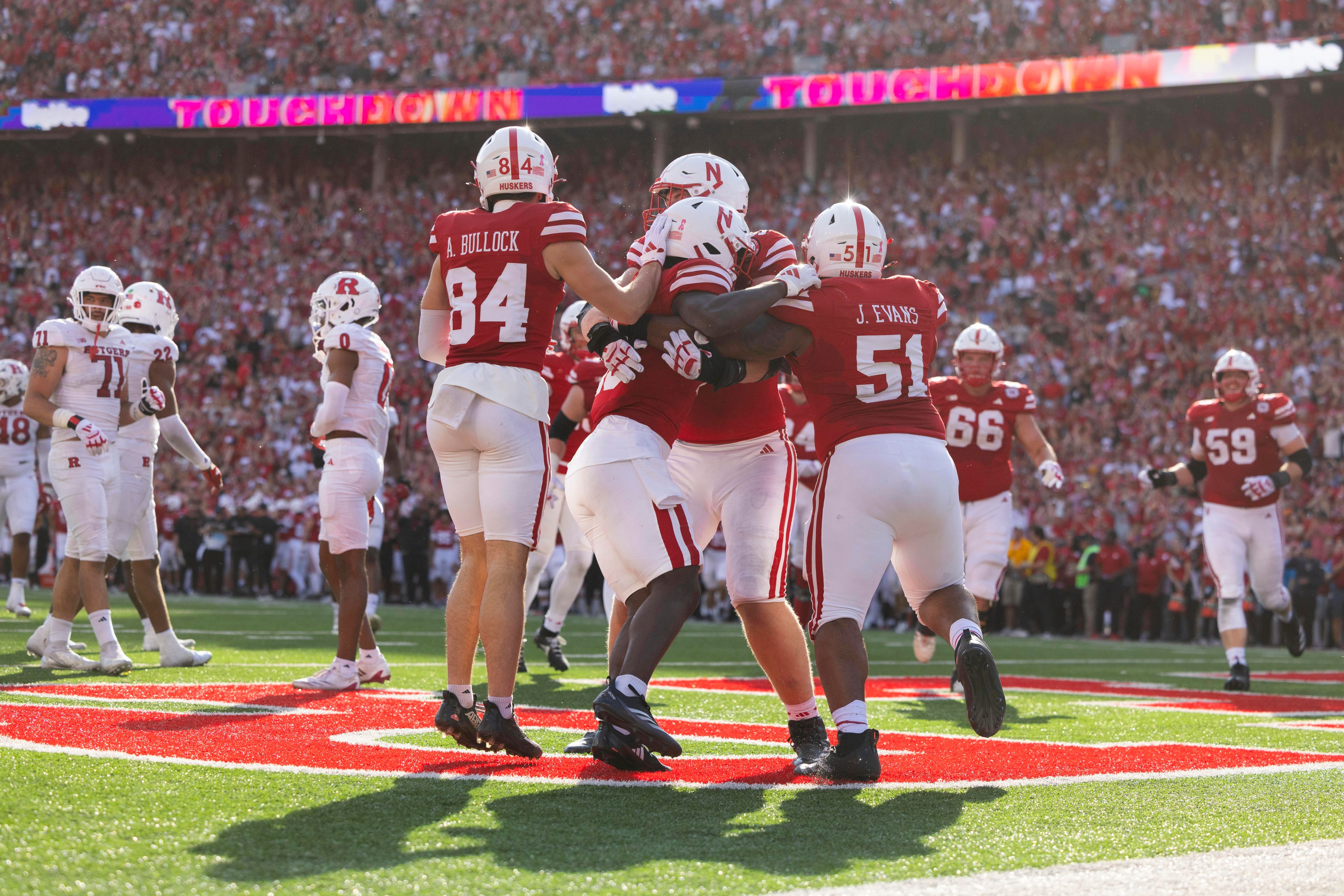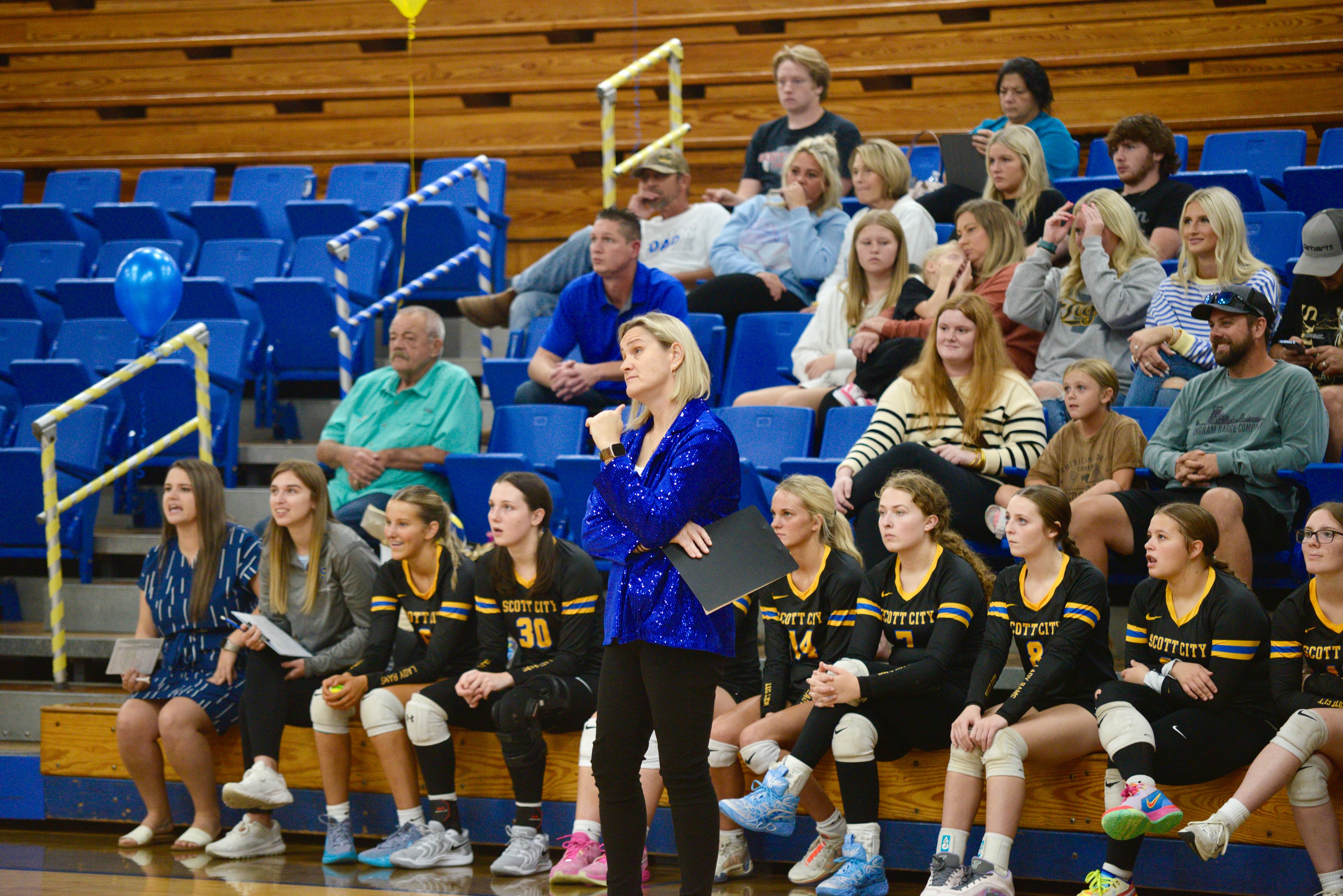Work still ahead before Cards get new stadium
ST. LOUIS -- The process of raising money for a new stadium for the Cardinals began Monday. And while plans call for the ballpark to be built with mostly private funds, some public assistance will be sought. The agreement signed Friday calls for a financial team led by Property Funding Group of Washington to seek investors to build and own a $325 million ballpark that would open in 2006, replacing 36-year-old Busch Stadium. ...
ST. LOUIS -- The process of raising money for a new stadium for the Cardinals began Monday. And while plans call for the ballpark to be built with mostly private funds, some public assistance will be sought.
The agreement signed Friday calls for a financial team led by Property Funding Group of Washington to seek investors to build and own a $325 million ballpark that would open in 2006, replacing 36-year-old Busch Stadium. The plan seeks $275 million. The Cardinals would pay $50 million up front and $14 million in rent annually for 29 years.
The proposal, announced by Mayor Francis Slay in September, was essentially Plan B. State lawmakers earlier this year refused to sign onto a deal that would have constructed the downtown stadium with mostly public money, including $7 million annually for 30 years from the state.
The new 45,000-seat stadium would be just the second in recent memory built with mostly private funding. The other was Pac Bell Park in San Francisco, which opened two years ago. The St. Louis plan also calls for development of a "Ballpark Village" around the stadium that would potentially include an office complex, housing, shopping and restaurants. Funding for Ballpark Village would be separate from the stadium.
The ballpark would feature a view of the Gateway Arch in center field, 60 luxury suites, seating closer to the field than Busch, and additional amenities such as more restrooms, more concessions, escalators and additional seating for handicapped individuals.
The team had been negotiating with Illinois officials for a possible move to East St. Louis or elsewhere on the Metro East side. Civic leaders say it is crucial to keep the Cardinals downtown.
"The Cardinals are incredibly important to the vitality of downtown -- the heart of our region," said Craig Schnuck, president and chief executive officer of Schnucks Markets, and president of Civic Progress, an organization of business leaders involved in many civic projects.
Property Funding Group president Rick Gross said the finance team will seek out big investors such as pension funds and insurance companies. He said Friday he expects to secure investors within six months.
"Now, we have a real deal to take to the capital markets," Gross said. "The financial markets, we believe, are enthusiastic."
Still, the project will require some public help, including two components from the state.
On Tuesday, the city is expected to ask the Missouri Development Finance Board to approve $29.45 million in tax credits.
The city will also ask the Missouri Highways and Transportation Commission to provide $12 million to replace an entrance ramp to Highway 40 (Interstate 64) that would be demolished to make way for the new stadium. The commission is expected to consider the request at a meeting in Kansas City on Dec. 6.
The St. Louis County Council will be asked to give the project $45 million from hotel tax revenue. Talks with members of the council and county Executive Buzz Westfall will take place over the next month, Jeff Rainford, Slay's chief of staff, told the St. Louis Post-Dispatch.
The Cardinals are also courting businesses in the region, seeking commitments for 10-year leases of at least 30 of the stadium's 60 luxury suites. Each suite costs $135,000 to $180,000 per season.
Also, the Cardinals plan to impose a personal seat licence-like charge on about 10,000 of the higher-priced seats. Under that plan, those seeking season tickets would have to pay a "deposit" to guarantee their seats.
The Cardinals say Busch Stadium is a maintenance headache and obsolete. While many teams have moved into new, baseball-only stadiums in recent years, Busch opened in 1966, when many stadiums housed both baseball and football teams. It was also built before luxury boxes were en vogue.
Connect with the Southeast Missourian Newsroom:
For corrections to this story or other insights for the editor, click here. To submit a letter to the editor, click here. To learn about the Southeast Missourian’s AI Policy, click here.
